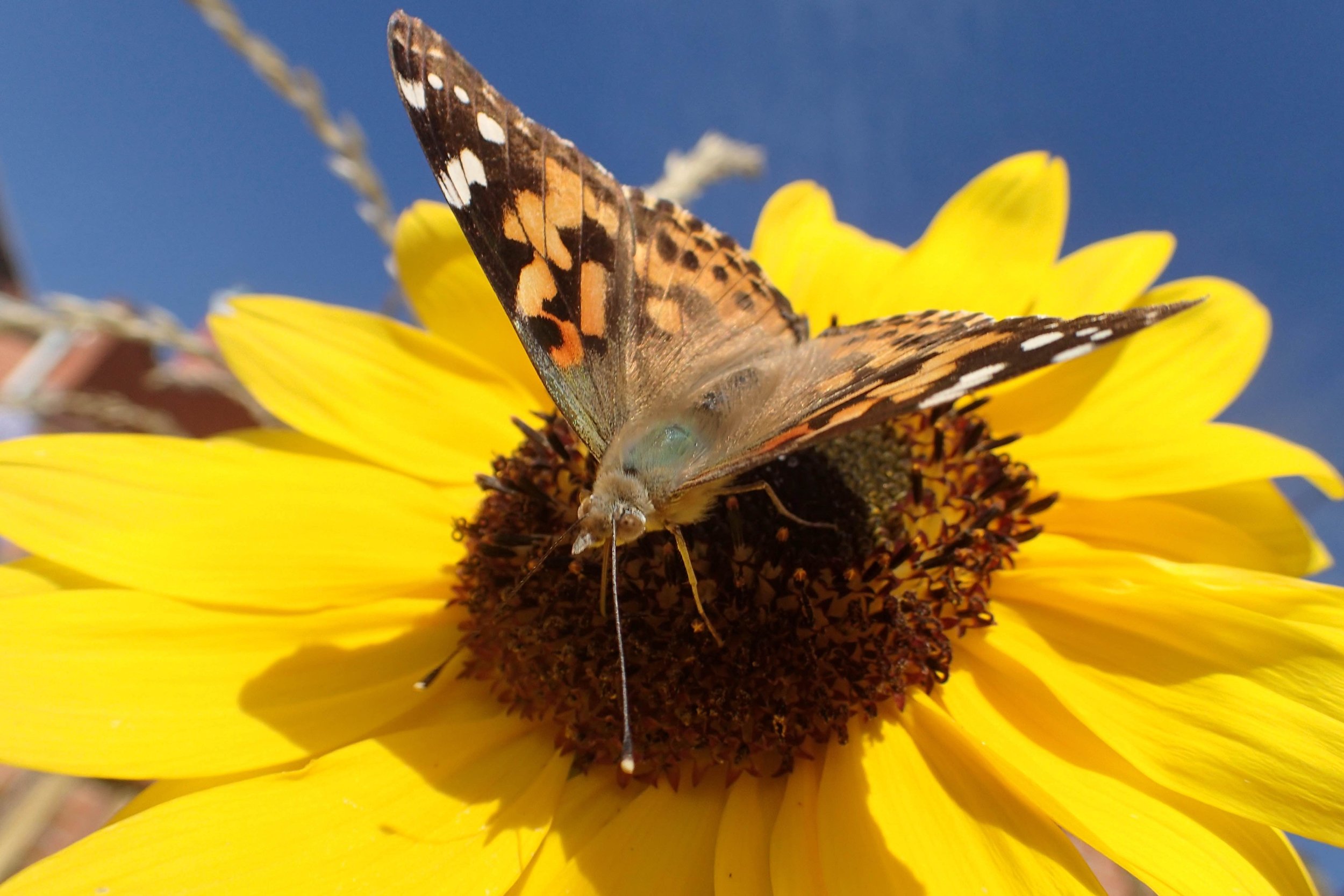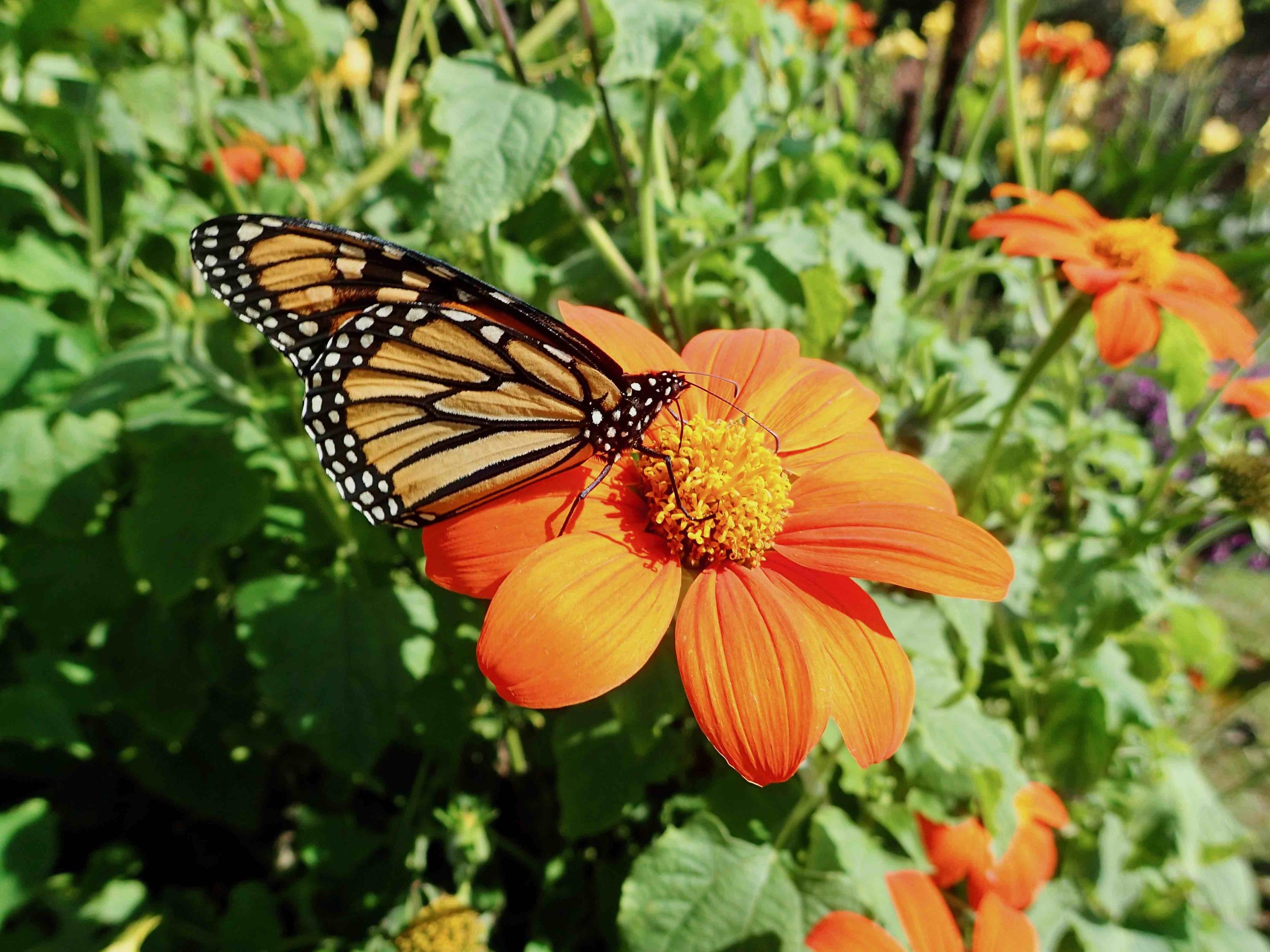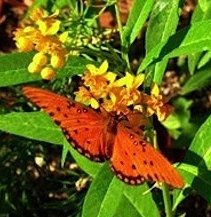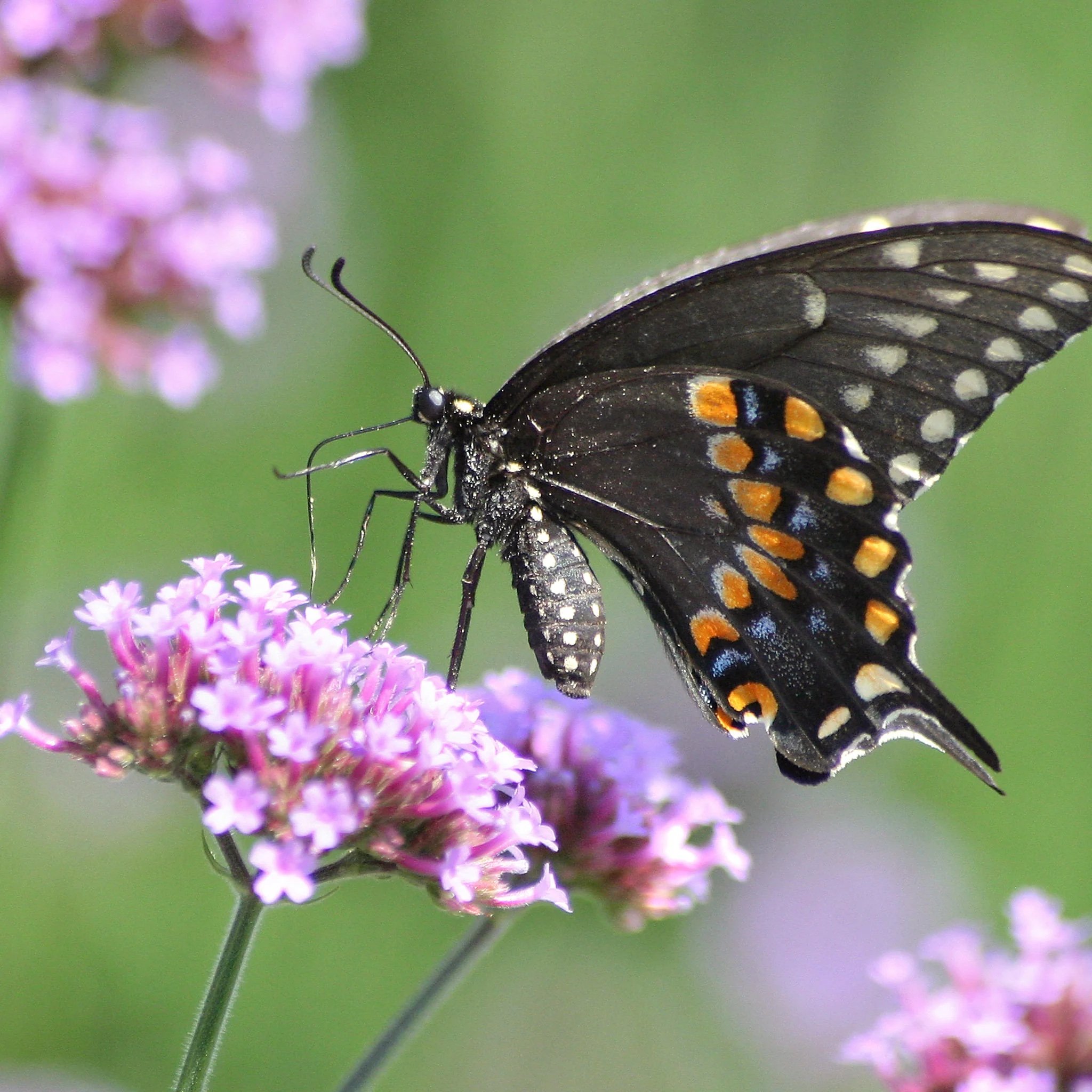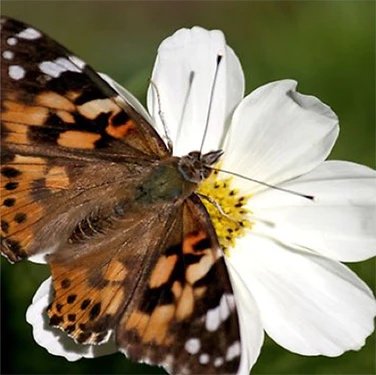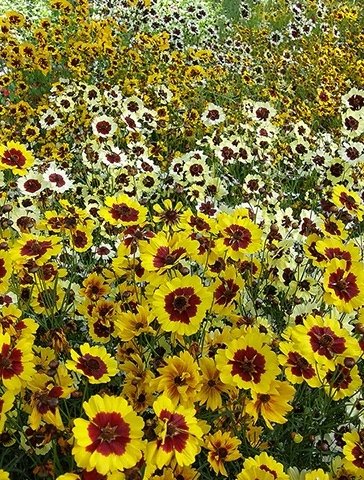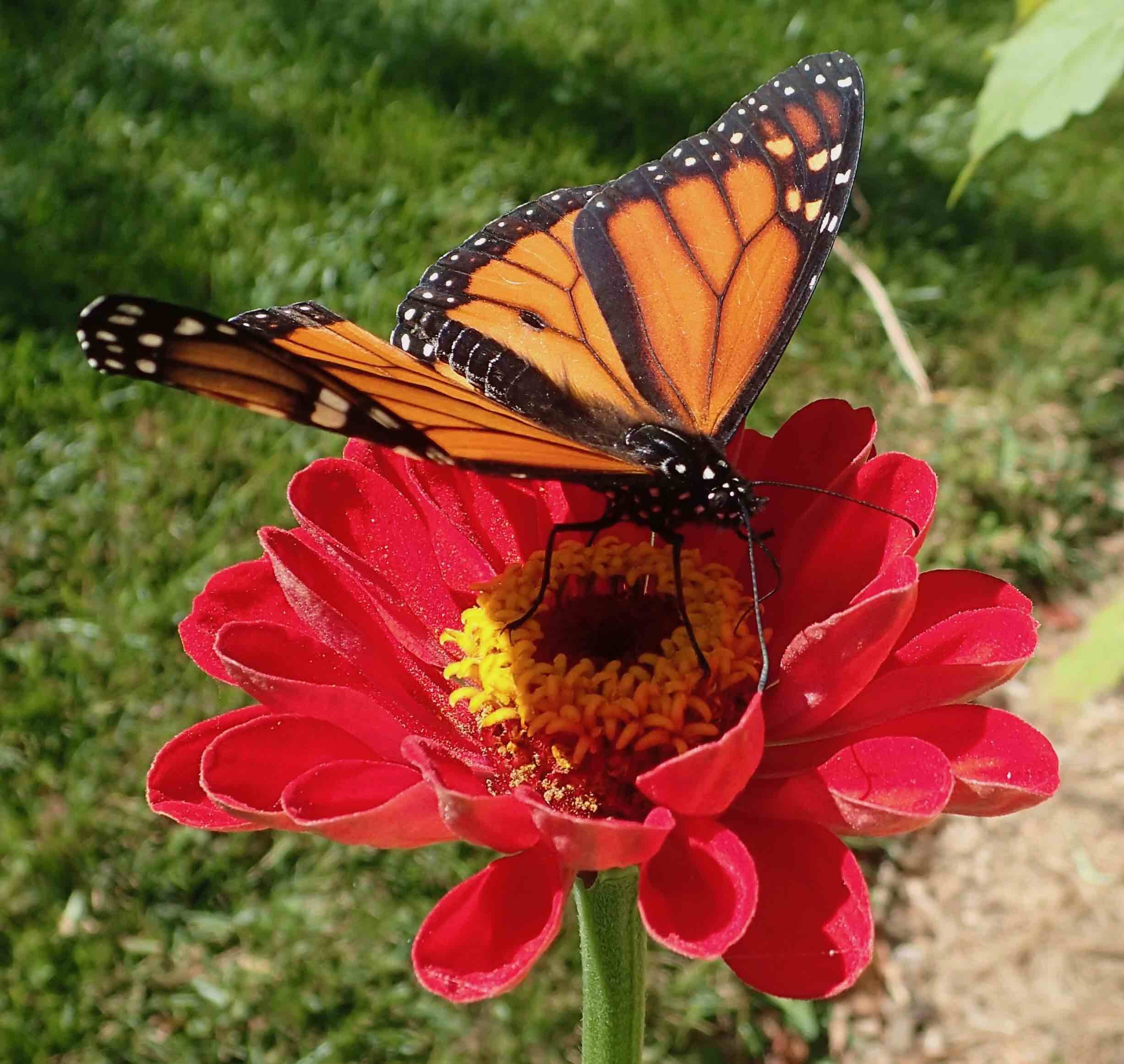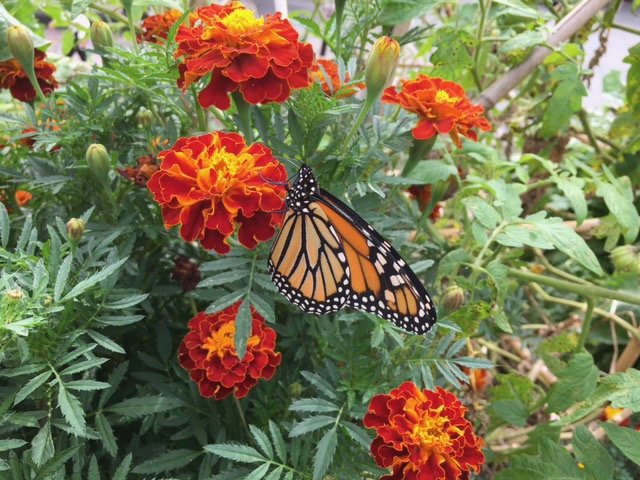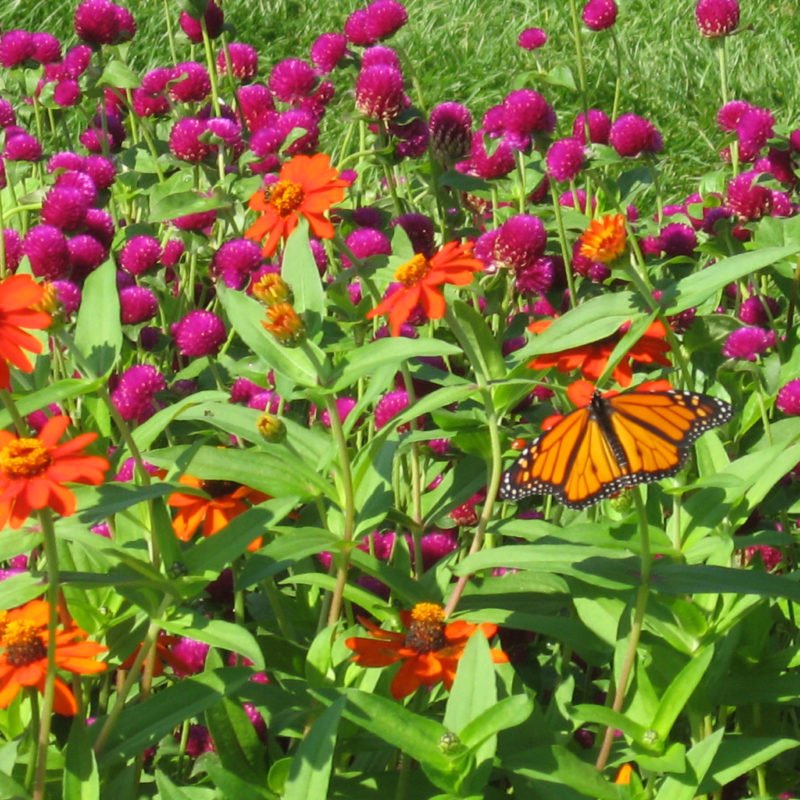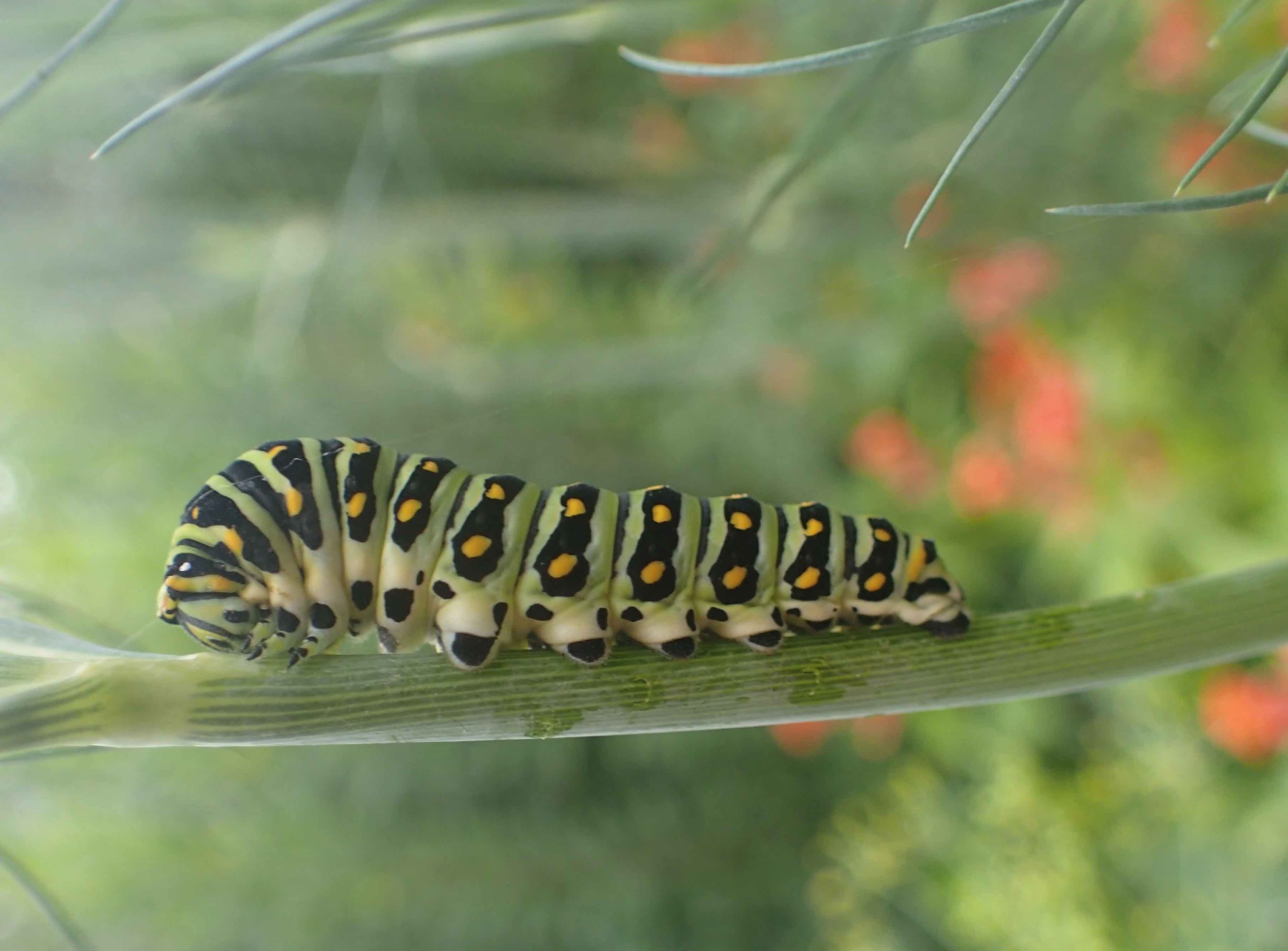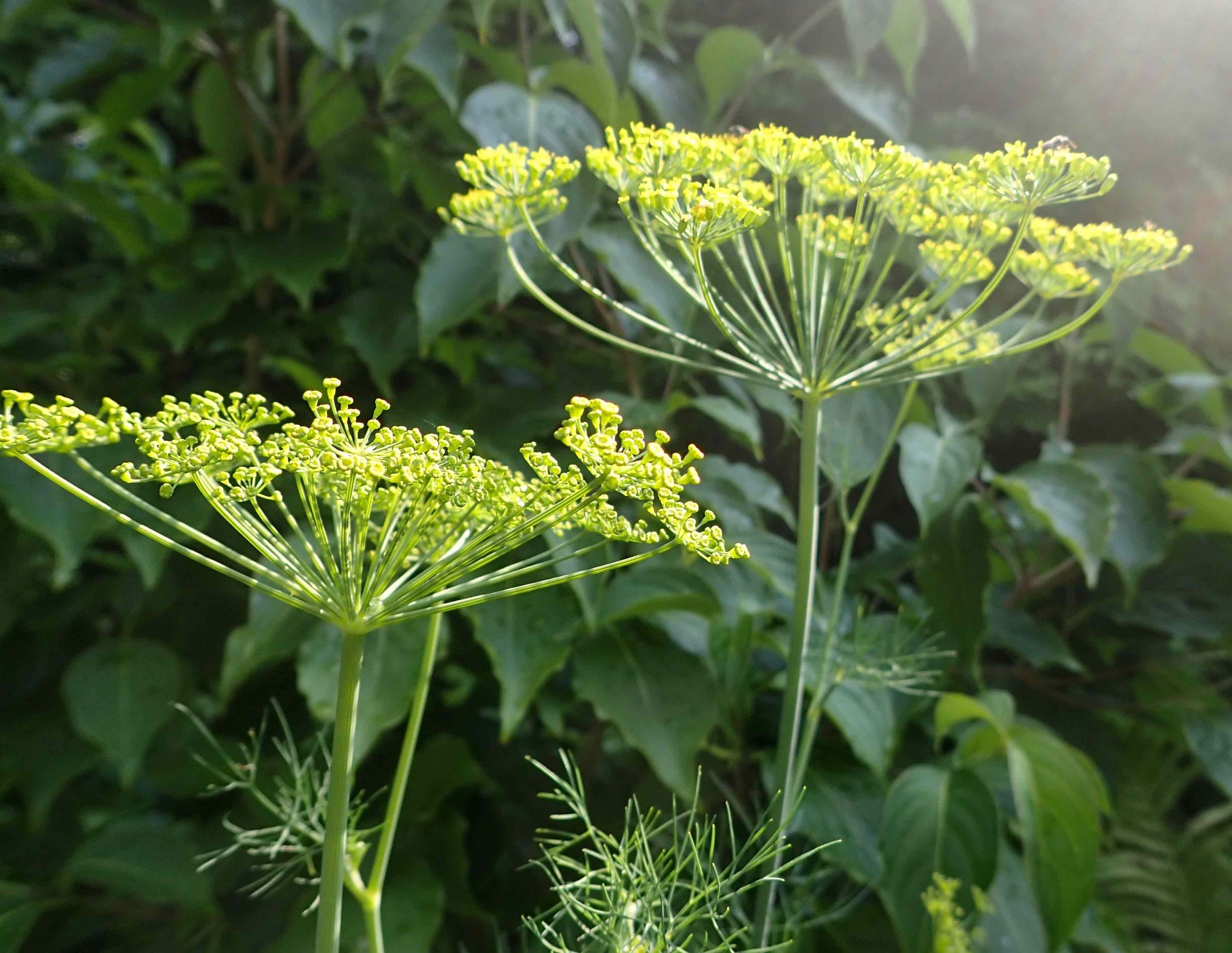Annual Flowers that Butterflies Love
Butterflies love nectar. An easy way to attract them to your garden is to plant plenty of nectar-filled annual flowers. Because butterfly larvae need food also, it's important to plant a few larva favorites as well, such as carrot family plants and milkweeds. With a little planning, you can have flowers butterflies love in bloom all summer and into the fall.
Back of the Border Plants
Tall Mexican sunflowers (Tithonia rotundifolia) and Sunflowers will have your garden buzzing with pollinators of all kinds, while attracting butterflies as well. Both can be sown directly in the garden. If your garden is too compact for tall sunflowers, look for dwarf varieties.
Mid-Sized Beauties
There are plenty of 2-4 ft flowering plants to choose from. Above, left to right: Annual milkweed (Asclepias curassavica) is a nectar plant for butterflies as well as a food source for monarch butterfly larvae. Cut plants back to the ground if they don't die back with frost so overwintering foliage doesn't harbor and spread disease to butterflies. Tall verbena (Verbena bonariensis), a short-lived perennial, is easily started from seed. Open and "see-through" in form, it can grow to 4 feet or taller, but does not need to be relegated to the back of the border. Cosmos is easy to grow from seed sown directly in the garden, and can be found in a variety of colors and sizes.
Annual coreopsis (Coreopsis tinctoria) flowers until frost in a sunny, well-drained spot. Zinnias' easy-to-access nectar is a butterfly favorite; seeds can be sown directly in the garden. Black-eyed Susans (Rudbeckia hirta) attract bees and butterflies of all kinds.
Compact Butterfly Favorites
Marigolds, Profusion Zinnias, and Globe Amaranth (Gomphrena globosa) are great choices for the small garden. Start these plants indoors about 6 weeks before the average last frost date, and plant them in the garden when night temperature are reliably above 50°F (10°C).
Food For Caterpillars
Plant lots of Dill and Parsley in your garden, so you'll have enough for use in your kitchen, and plenty to sustain the local Black Swallowtail butterfly population. Butterfly larvae start out tiny but develop quite an appetite in the 3 to 4 weeks they spend eating and growing before pupating. Adult butterflies emerge from their chyrysalises after 10 to 20 days.
Note: Dill, parsley, and other carrot family flowers attract helpful insects such as predator wasps as well!

